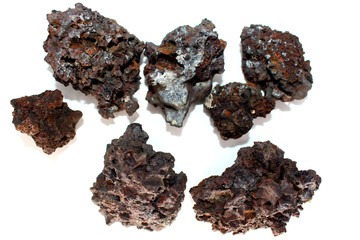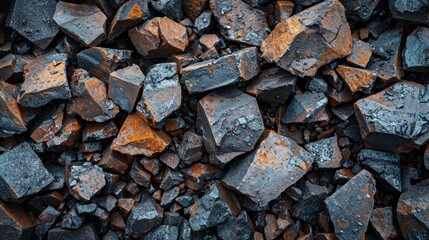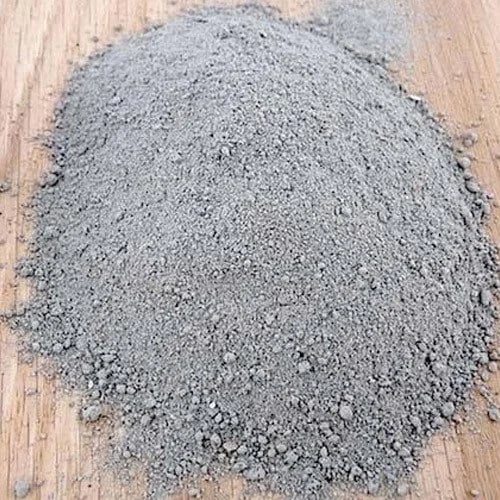Iron slag work involves processing and reusing iron and steelmaking slag for various applications, primarily in construction as aggregate for concrete and road bases, and in the cement industry as a substitute for clinker. Slag is also used for landfill.
Key Uses of Iron Slag
Construction Material:
Processed slag is widely used as an aggregate in concrete and as a component of road base and asphalt.
Cement Production:
Granulated slag is a valuable additive for portland cement, reducing the need for limestone and lowering CO2 emissions associated with cement production.
Railroad Ballast:
Air-cooled blast furnace slag (ACBFS) and other slag types are used as ballast for railway lines.
Mineral Wool/Insulation:
Some slag is used to create glass and mineral wool insulation fibers.
Soil Amendment and Landfill:
Slag can serve as a soil conditioner, and smaller quantities are used in landfills.
Mineral Recovery:
Research is ongoing to recover valuable elements, such as rare earth elements, from iron slag through processes like carbon mineralization.
How Slag is Utilized
Processing:
Molten slag from iron and steelmaking is treated, often through granulation, crushing, and screening, to prepare it for different applications.
Substitution:
Slag serves as a direct substitute for natural resources like limestone in cement and aggregates in construction, enhancing sustainable practices.
Adding Value:
Beyond simple reuse, slag's inherent properties, such as its iron content, make it a useful additive in various processes.
Environmental Benefits
Reduced Waste:
Utilizing slag prevents it from being landfilled, turning a waste product into a valuable resource.
Energy and Resource Savings:
Using slag in cement production requires less energy than manufacturing clinker and reduces the need to mine limestone.
Lower Greenhouse Gas Emissions:
By reducing the production of new cement, the use of slag helps decrease carbon dioxide emissions.



















